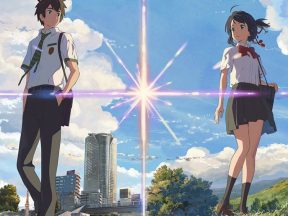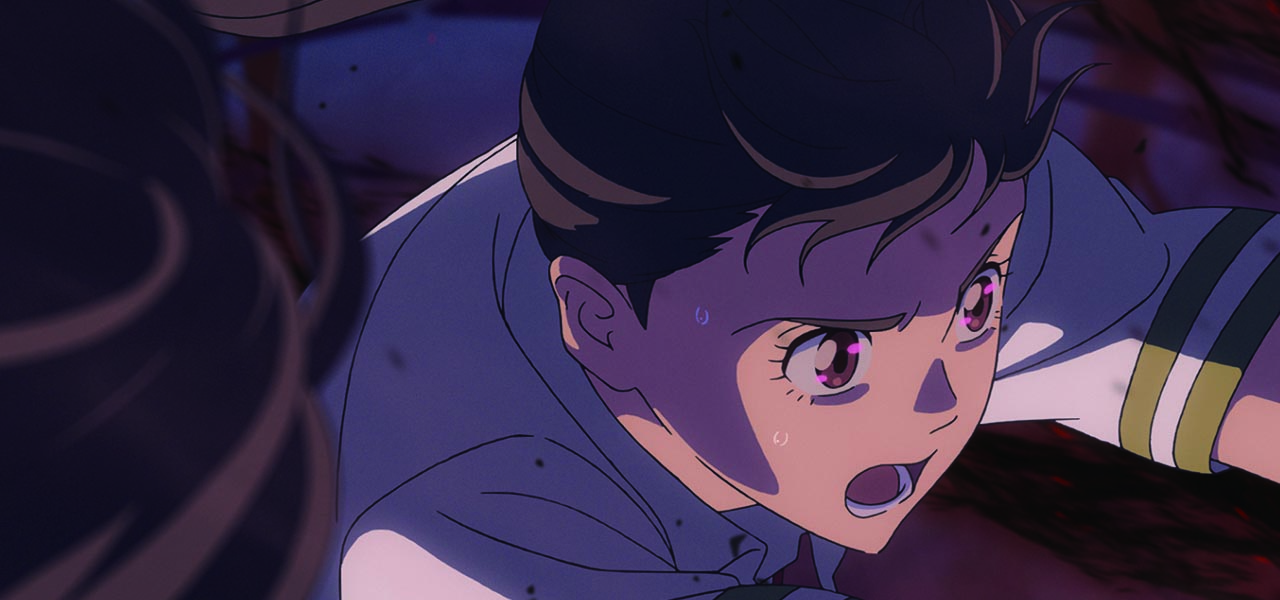
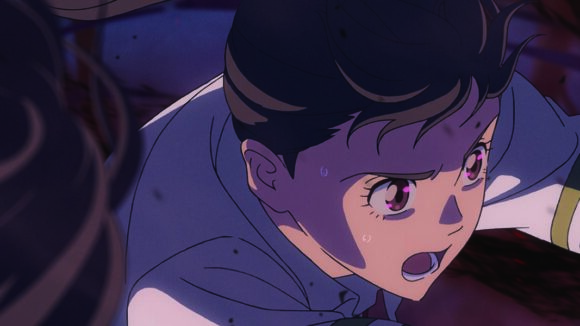
‘Suzume’ Director Makoto Shinkai Talks About Writing And Storyboarding His Own Films
Most filmmakers can only dream of the kind of success that Makoto Shinkai has enjoyed over the last decade. His last three features – Your Name, Weathering with You, and Suzume – have delighted critics and audiences alike, receiving rave reviews and grossing over $900 million worldwide.
All three of these films have entered the top 10 highest-grossing Japanese films of all time globally, a feat matched by only one other filmmaker: Hayao Miyazaki.
Like that other great Japaense auteur, Shinkai’s films are driven by a singular point of view. Shinkai, 50, is not just the director, but he also writes and storyboards his own movies, a vastly different approach from the collaborative world of American feature animation where dozens of writers and artists are involved in crafting the final story. Shinkai doesn’t stop at boarding either; he also provides acting reference to animators and writes detailed instructions for how each shot should be composited.
His hands-on process undeniably works. His latest film, Suzume, is a supernatural adventure with generous dollops of romance, comedy, and coping with trauma (its concept was inspired by the devastating Tohoku earthquake and tsunami in 2011). It’s an unlikely stew of ingredients – one of the main characters turns into a chair early on in the film – but audiences have wholeheartedly embraced Shinkai’s vision. The film has grossed nearly $325 million worldwide to date, and it is receiving a strong Oscar campaign from its American distributor, Crunchyroll.
While Shinkai was visiting Los Angeles last November, I sat down with him for an in-person interview. In our talk, I wanted to focus on how he develops his films from script through animatic, a topic that I felt hadn’t been covered enough in other English-publication interviews. Shinkai is a generous interview subject and he was happy to discuss his creative process at length. His answers, given through interpreter Mike McNamara, have been edited and condensed for length and clarity.
Cartoon Brew: In American feature animation, there’s a strong tendency to have multiple screenwriters involved in the writing process, followed by dozens of story artists. But you, like some other Japanese auteurs, write and board the film entirely by yourself. At what point, if any, do you reach out for feedback on your story, and if you do get feedback from others, who is involved in that process?
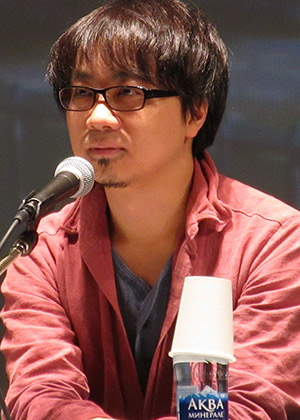
Makoto Shinkai: I think it’s quite rather uncommon, even in the Japanese film industry, for the director to write the screenplay himself, and often those roles are separated, but in my case, to your point, like some of the other animation directors, I write my own screenplay and direct my film so I’ve never directed a screenplay someone else has written. And mostly this process, all the way through the storyboarding, is something that I do alone, but that doesn’t necessarily mean I don’t want feedback.
So once I have the first draft of my screenplay, I’ll share it with the producers definitely, maybe some animators or even the composer to try and gather their input and to see what their interpretation is. And we’ll go through this cycle until draft three, maybe all the way up to [draft] five or six and around [that point] is when I know I think we have something.
This process usually takes about six months. I’ll have a new draft of the screenplay, perhaps around once a month, so naturally that feedback cycle will go over six months. And once we’re happy with where that’s at, then I’ll go into storyboarding, which again, I do myself. And we’ll go through a similar process where at certain stages of completion of the storyboard, I’ll share it with a similar inner circle and then they’ll give me some feedback and then the [feedback] that I think is quite good, I’ll either integrate or decide not to. And this process takes over a year, this storyboarding plus feedback loop, and once the storyboard is complete from that point, I generally don’t change the story.
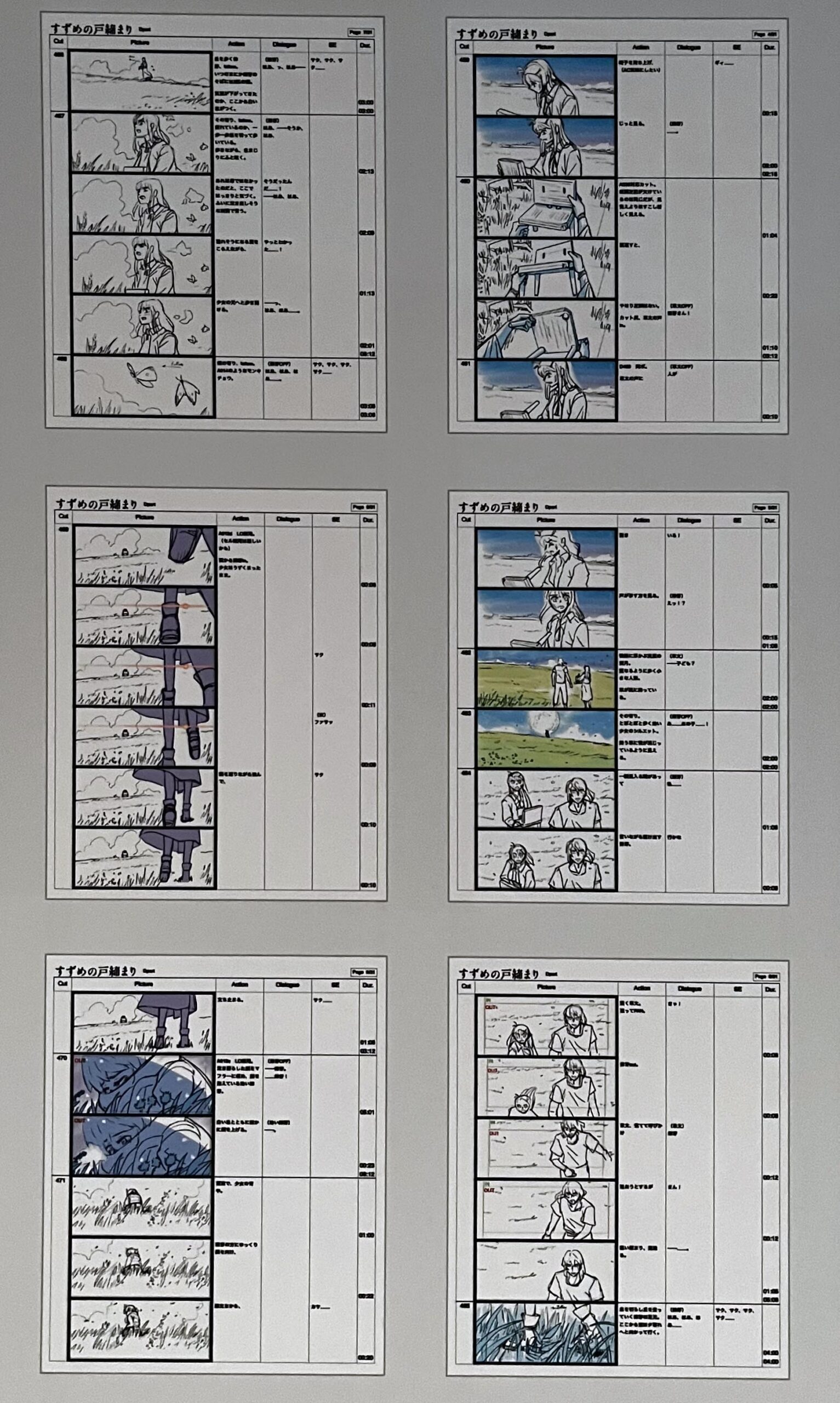
I’m curious if you can talk about the kind of feedback you received from others during the script phase. For example, I read that Sōta the chair was initially a girl and your producer suggested a different approach. How did Suzume’s story evolve based on the feedback you received and can you give other examples of that evolution?
Shinkai: So to your point, initially when I conceived this this project, it was Suzume and a partner going on this journey and she was initially a girl and not a chair, but that was the very, very first draft. That was a really early iteration. And having talked to my producer, he thought, ‘Well, I think we definitely need a more of a romantic type of component.’ So that’s when I swapped out the girl partner for a young adult male, who then gets transformed into a chair. But that’s one example.
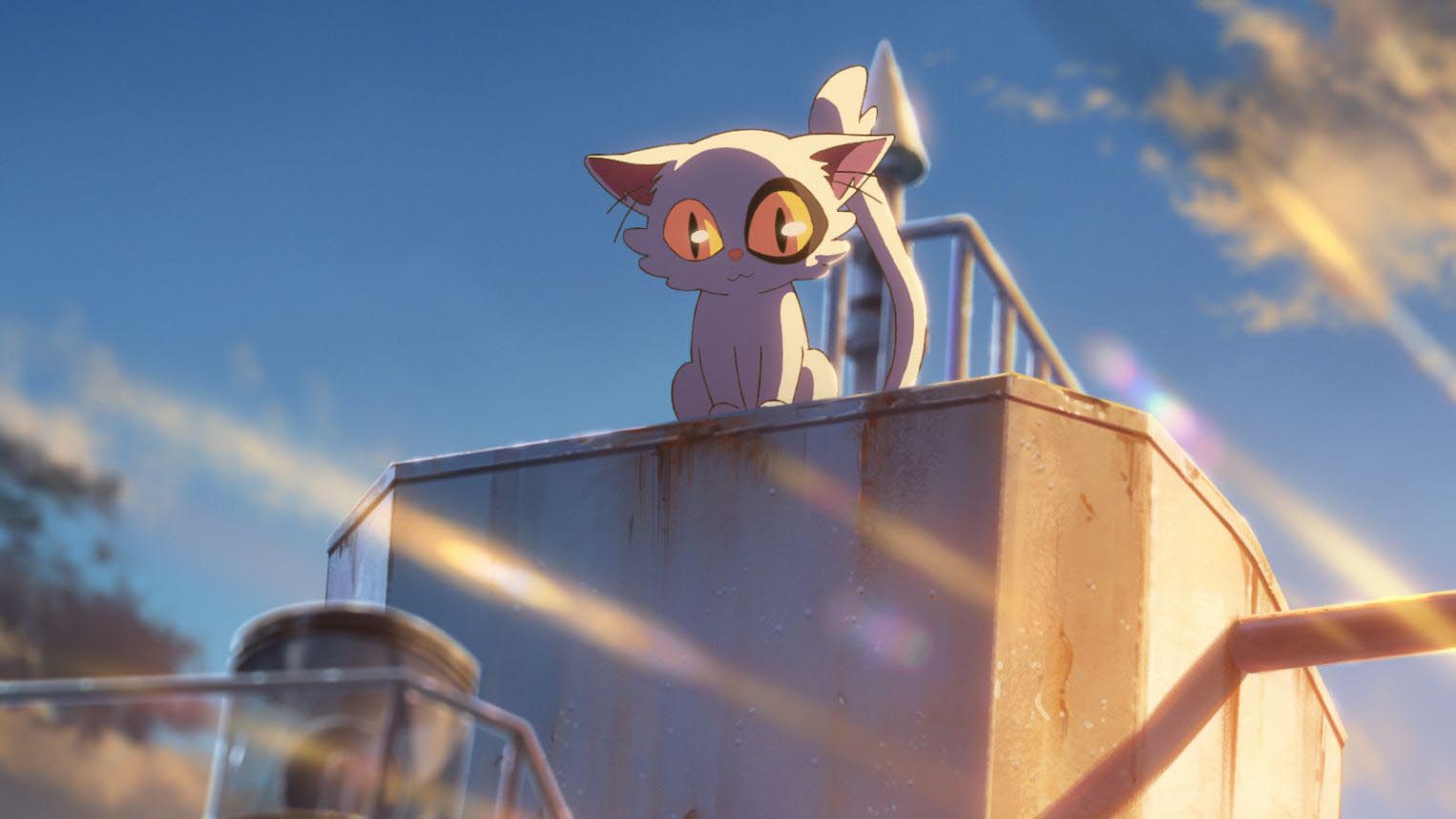
Another example – and again these are very, very early feedback loops, so the changes might seem quite drastic and it’s like a fundamental change of the entire structure of the film – but in the first iteration, Daijin actually wasn’t a character. The movie was initially about two characters and one getting transformed into something and helping that character return to form was really the core concept. But after some discussions with the producer it made more sense to give a much more direct motivation to our adventurers. And it would be easier if they were chasing or going after something. I think that’s very easy to relate to and understand. So that’s when I started to think, OK, well what could they chase. Maybe a cat who’s also a big god, this kind of divine being, and Daijin was born.
This back and forth of a lot of very fundamental structural discussions leads to the synopsis. And once we get to the synopsis stage, nothing changes too drastically until I complete the first screenplay. But when that happens, the feedback loops become a little more dialed in, and we focus on more of the details, like when we already had introduced Daijin, we talked about whether we should have one Daijin or two. Or should there be one keystone in Japan or two. Smaller details like that become the topic of conversation.
One example of that is Sōta’s grandfather. He appears in the film as kind of this mentor-like figure for Suzume, but initially I was thinking someone else would be the one to explain how the ever-after mechanics worked. Initially I thought perhaps a school teacher or professor would fill that role. So, what was happening in terms of transmitting information to the audience was the same, but after discussion, we thought having it be a relative would be more powerful and ultimately we shifted to using Sōta’s grandfather as opposed to a random teacher.
With storyboarding finished, I assume the animatic would come next…
Shinkai: After the storyboarding phase I’ll make an animatic of the entire film strung together about the length that the final film ends up being, and I will perform all the characters’ scratch tracks for it. I’ll actually act it and really lean into it, including everything down to certain breaths or different beats. For example, with Suzume, even her footsteps. So, in a way, the sound effects and the foley as well. So once we have this completed package so to speak, it becomes very easy for the animators to know, OK, this is about the speed they’re walking because they already have what I imagined that scene unfolding will look like. The different sort of performances and beats will already be embedded into this massive animatic. So I think the animators’ jobs then become more honed in and more directed, so to speak. That’s a unique thing about how our production works.
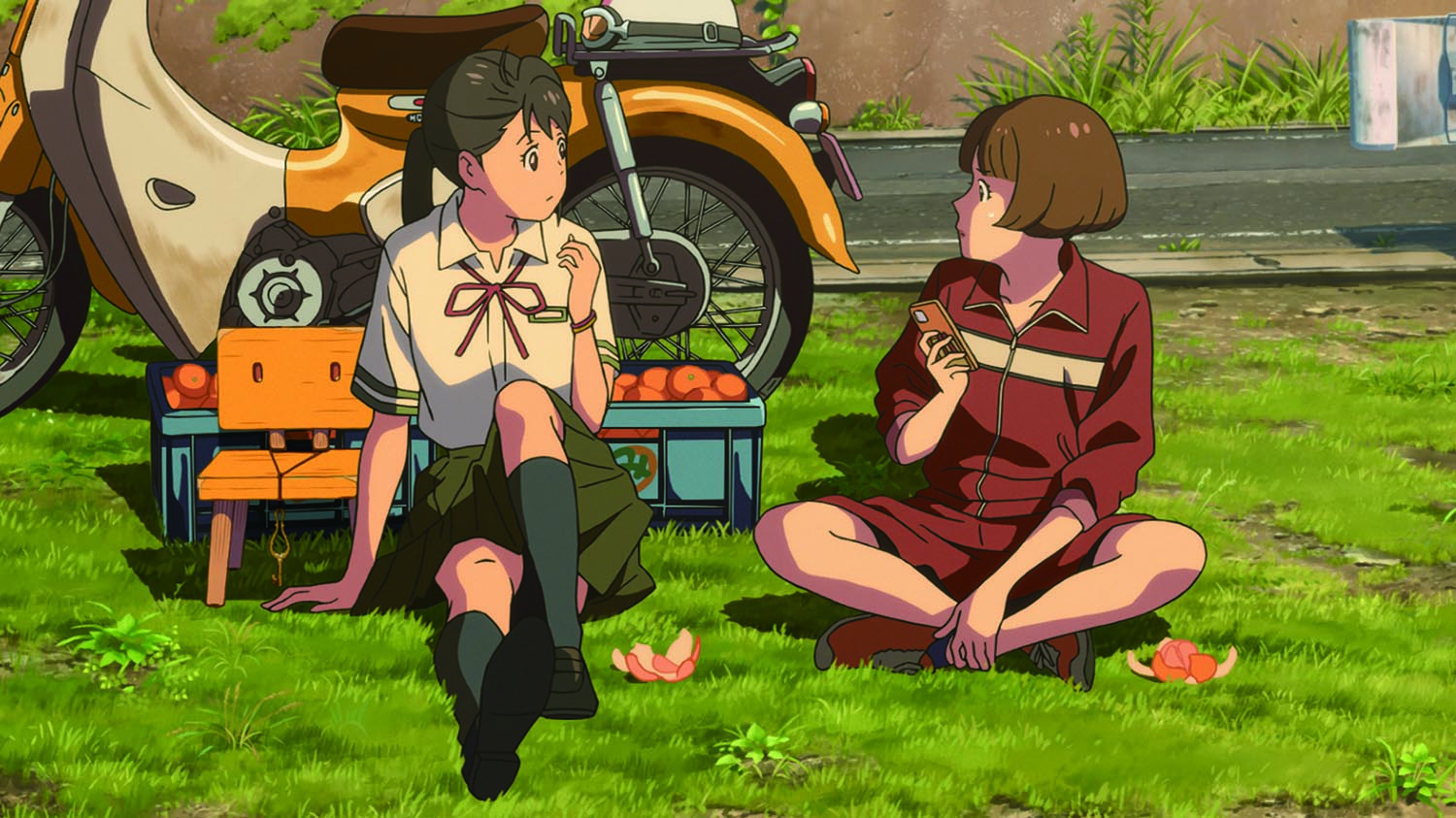
I have to know, if you’re performing all the voices, do you use a girl voice for Suzume or just speak as yourself?
Shinkai: Yes, I do all the characters and all the voices, but I do differentiate it enough so that animators, other people watching it, will know that it’s a different character speaking and interacting. So yeah, for Suzume, I’ll raise my voice a little bit. [Laughs.] Or for an older character, I might try to make it a little husky or grumpier.
Is the animatic based entirely off the storyboard or are there other key drawings in there that your animation director has done?
Shinkai: In this case it’s largely based off the storyboards and at that point I’ll have most of the keyframes you would want. It depends on the cut [of the animatic], but for example, if we have a scene where Suzume is turning around, you’ll have [a drawing] of her looking away and then her facing the camera. But depending on how important it is, I might have a few in between frames as well as part of the storyboard translated to this edit so that the animators know, OK, this is about the tempo that he’s looking for.
Do you update the animatic with animation as it’s completed?
Shinkai: So once we have this edited storyboard with audio, I use that as a foundation for the entire movie. I’ll edit in Premiere, and as each animation team starts to upload different cuts, different scenes, I’ll drop that on another track on top of the storyboard, start replacing in a way or layering on top. And now it’s been colored and I’ll add the color track on top of that, so I can kind of see the entire movie gradually get replaced scene by scene. In the case of Suzume, I think there were two thousand shots total, and I would slowly from this storyboard state add on to it and then the movie gradually gets completed.
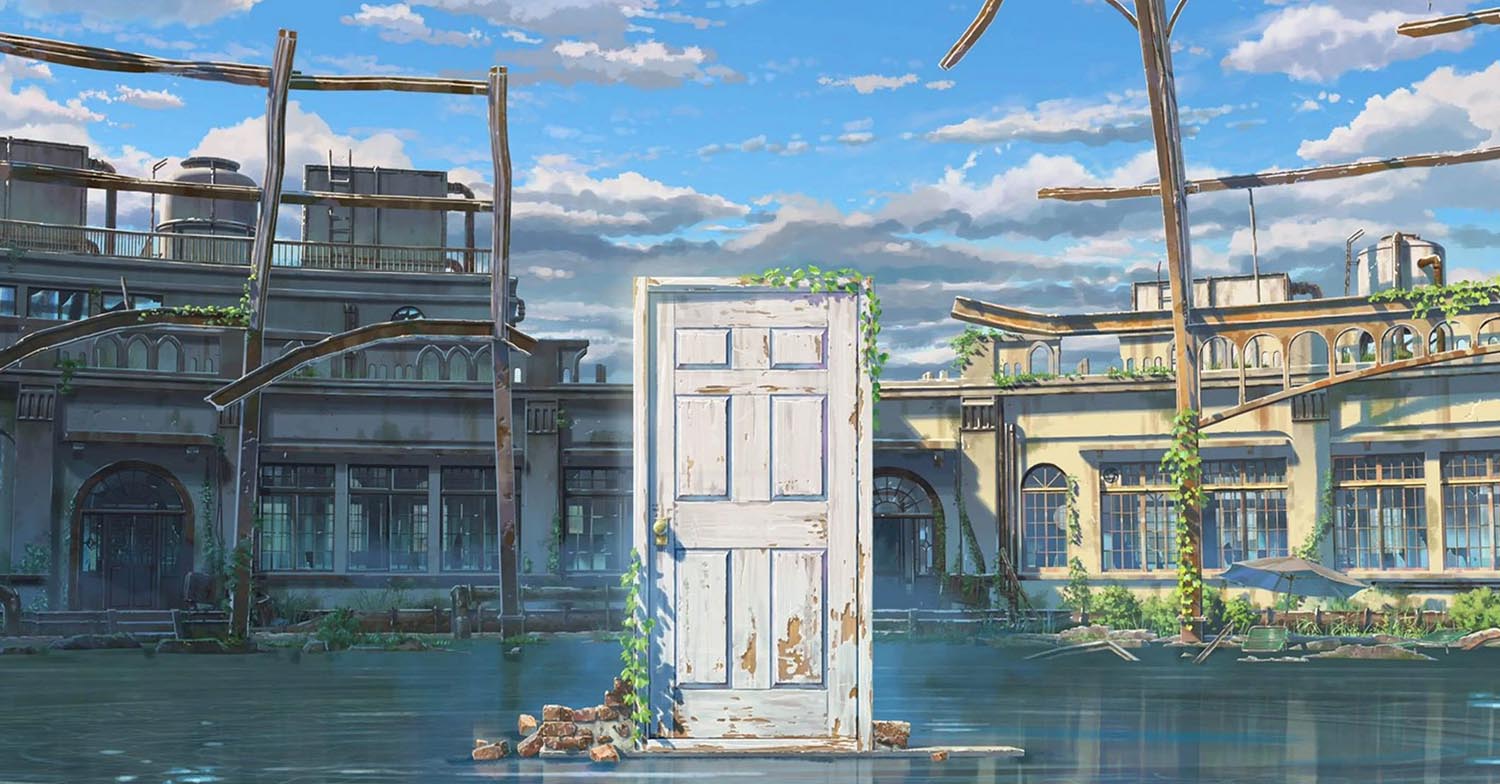
You’re very comfortable using cg techniques. In Suzume, you had two primary cg characters – the chair and the disaster worms. Would you ever consider doing a fully-cg film and what type of story or characters do you think would require a full-cg treatment?
Shinkai: Of course, I do have a huge admiration and almost longing to do a film in full cg and you can see a lot of the Western animation has transitioned into more cg than hand-drawn type of expression. For me, of course, one day I would like to direct something like that, but given our current team composition and my confidence level in us being able to do an equal or better type of expression of what we’ve already achieved using 2d hand drawn, I don’t know that I have that confidence level yet for doing a full 3dcg film.
In Japan, there’s a film called The First Slam Dunk and I think they did an amazing job of combining cg as kind of the foundation. Of course, they had to do a lot of touch-ups by hand on top of it, but just the richness of the movement and the form of expression that they were able to do using that technique I thought was quite groundbreaking. So perhaps in the future, if we feel confident enough that we can do something like that or some equivalent kind of groundbreaking type of expression, we might take on the challenge.

.png)
